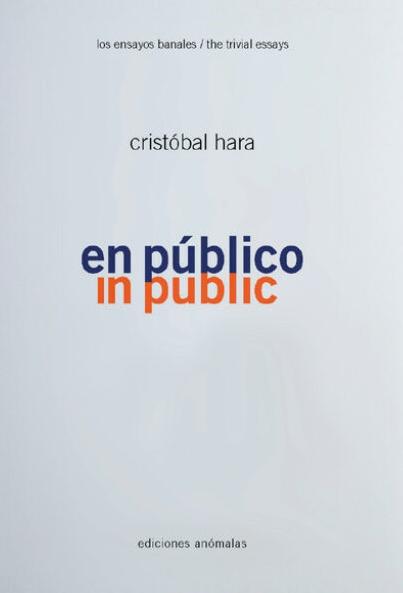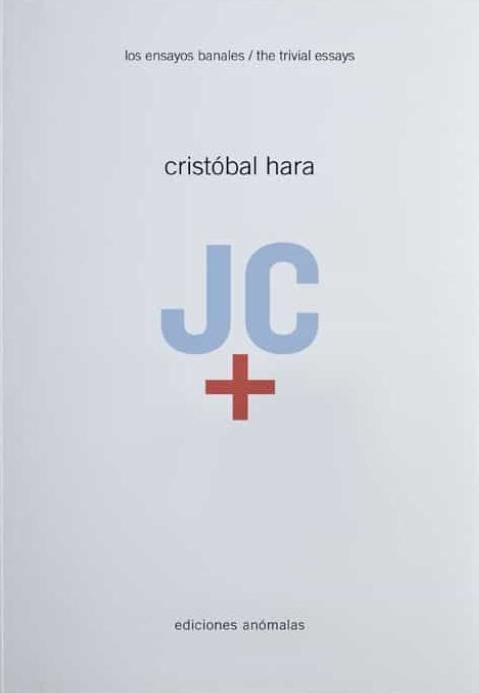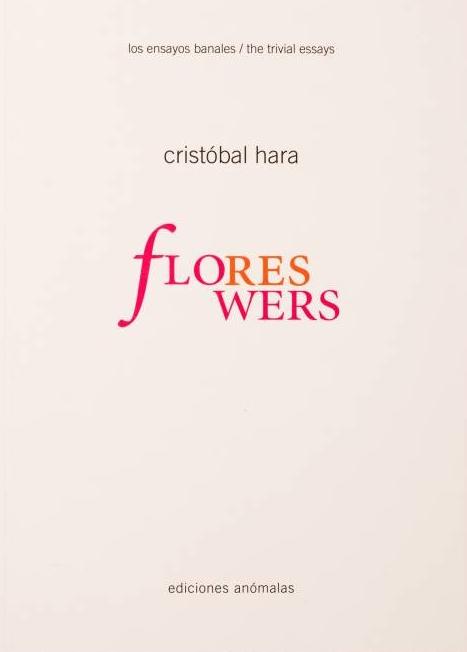¿de qué lado estás? / which side are you on? (Los ensayos banales 6 / The trivial essays 6)

There are occasions when you have no time to see good images you have to feel them. Once an image has been consciously seen, the brain has processed the elements that shape it and very often the image has already vanished; its too late. Im talking about reportage and documentary photography, which is the kind of photography I practice.
We need to develop the automatisms or reflexes that may enable us to capture images on the fly, just as we are able to catch objects that slip through our fingers before they reach the ground. These reactions, that after an intense learning process we have transformed into automatisms, are also the reactions that lead us to lift our cameras up to take horizontal or vertical pictures without having had time to consciously decide which is the best option. Insofar as this process has to do with practicing automatisms and the emptying of intention, it is related to the Zen archer described by Henri Cartier-Bresson.
The exercises help us truly notice things and automate reactions. I began by taking the photographs for this essay as a conceptual exercise, to see what happened when I photographed what was behind, a variation on the kind of images in BANAL 2, Hide-and-Seek. I soon realised, however, that the main advantage was that it helped me notice the parallaxes and vanishing points, in this case those of the structures of the gratings. The parallaxes and vanishing points determine the perspectives, and it is important to develop the instincts that enable us choose the ideal perspective for each situation. This is even more important when we are looking for images that are constructed in a non-conventional way, because it implies taking an additional step and taking it instinctively and automatically. As is often the case, even in formal exercises on pure images, literature paves its way and insists on taking centre stage. Despite the fact that this is an exercise and not a story, Ive followed literary as well as purely formal criteria to page and title this essay.
In stock





